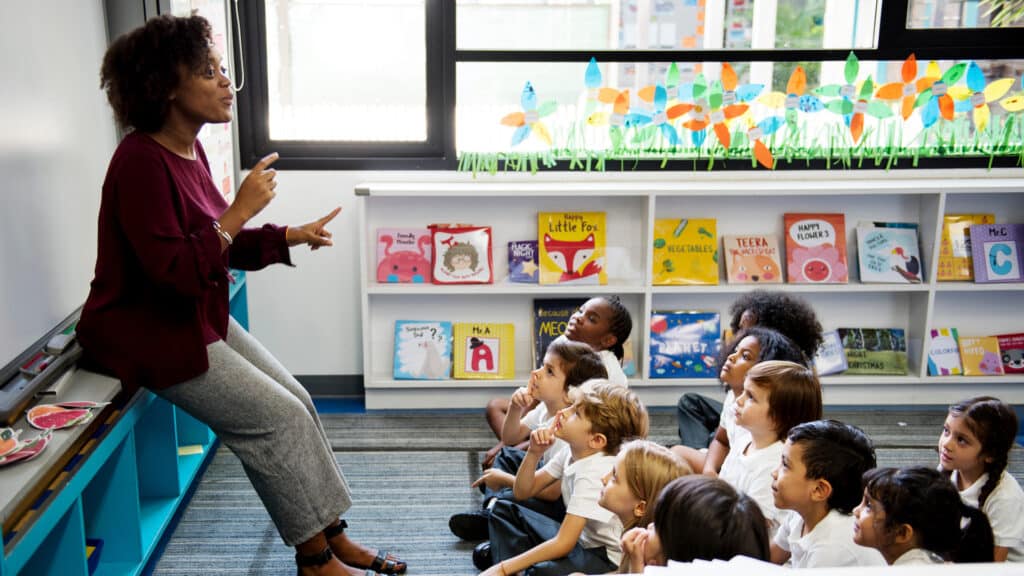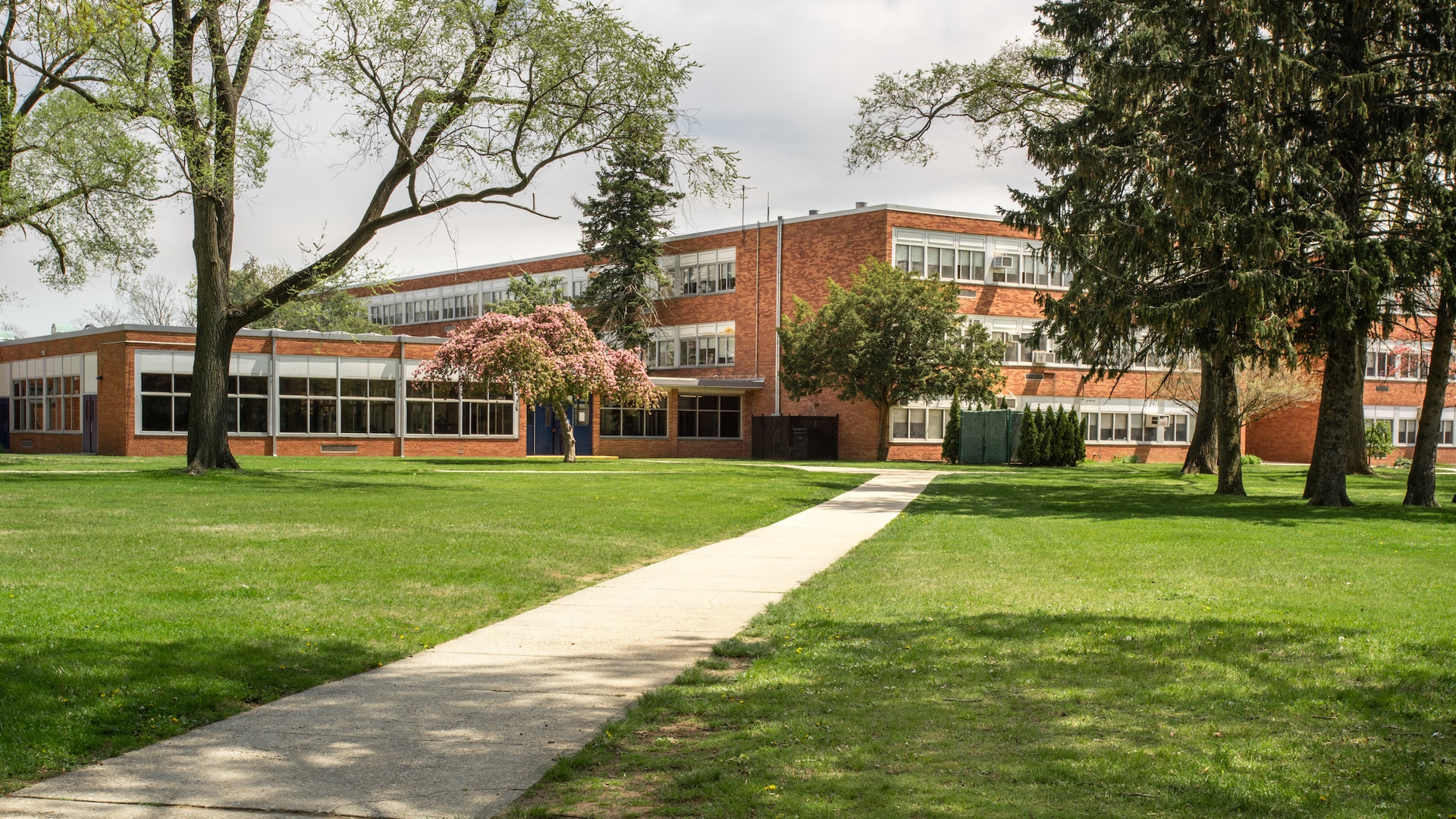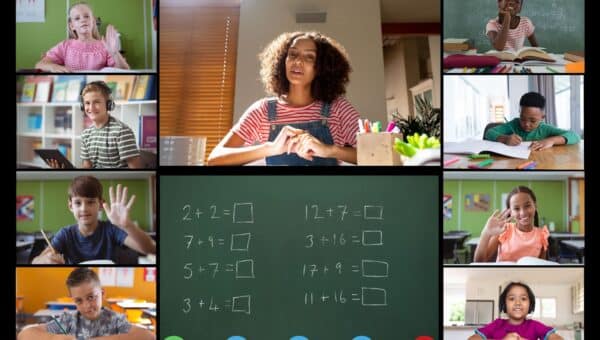Throughout the COVID-19 pandemic, we saw various funding initiatives from the public and private sectors introduced to try and support educational institutions of all kinds as they worked to support students and deliver learning outcomes in very challenging circumstances. One of the most influential of these programs is ESSER, and we’re going to use this post to work through the mechanics of it and decode some of the key things you need to understand about its mandate and objectives.
What is the ESSER Fund?
First and foremost, ESSER stands for the Elementary and Secondary School Emergency Relief Fund. It was established by the federal government as part of the Education Stabilization Fund in the CARES Act with the objective of addressing the impact that the pandemic was having and continues to have on schools across the country. It’s been a very important pillar of strength that many schools have relied upon and it continues to play a crucial role in driving educational outcomes across many states.

This funding was split into three distinct tranches:
- ESSER I was signed on March 27 2020, with $13.2bn in allocated funds.
- ESSER II was signed on December 27 2020, with an additional $54.3bn in allocated funds.
- ESSER III (otherwise known as ARP ESSER) was signed on March 11 2021, with an additional $122bn in allocated funds.
These funds are allocated to state educational agencies (SEAs), who then receive applications and write grants to local educational agencies (LEAs) which are mostly schools but also might include other educational agencies that are playing a key role in local communities. The objective has always been to provide meaningful support for the next generation, helping them to catch up with the learning gap caused by the pandemic and thrive in our new world.
What is the Current State of ESSER Funding?
As of July 31, 2023, which is the latest completed reporting period as per the Education Stabilization Fund Transparency Portal, here are how each state’s allocations look in terms of ESSER:
| State | ESSER Funds Awarded | ESSER Funds Spent | Number of LEA Recipients | Students in LEAs |
|---|---|---|---|---|
| Alabama | $3.1b | $1.5b (48.1%) | 149 | 748,274 |
| Alaska | $556.9m | $332.5m (59.7%) | 39 | 129,944 |
| Arizona | $4.0b | $2.3b (57.9%) | 571 | 1,131,645 |
| Arkansas | $1.9b | $1.5b (76.3%) | 291 | 489,565 |
| California | $23.4b | $15.0b (63.9%) | 1,499 | 5,892,073 |
| Colorado | $1.8b | $1.1b (59.6%) | 236 | 880,597 |
| Connecticut | $1.7b | $957.6m (56.0%) | 324 | 509,748 |
| Delaware | $637.2m | $407.7m (64.0%) | 46 | 139,935 |
| District of Columbia | $600.5m | $239.3m (39.9%) | 69 | 88,626 |
| Florida | $10.9b | $6.9b (63.1%) | 90 | 2,833,186 |
| Georgia | $6.6b | $4.4b (65.9%) | 338 | 1,740,875 |
| Hawaii | $639.5m | $412.8m (64.6%) | No data reported. | 173,178 |
| Idaho | $683.9m | $440.2m (64.4%) | 189 | 314,122 |
| Illinois | $7.8b | $5.1b (64.8%) | 1,018 | 1,868,482 |
| Indiana | $3.1b | $1.7b (56.1%) | 426 | 1,036,625 |
| Iowa | $1.2b | $881.6m (74.0%) | 361 | 510,661 |
| Kansas | $1.3b | $825.4m (64.2%) | 298 | 483,401 |
| Kentucky | $3.1b | $2.0b (64.9%) | 83 | 654,239 |
| Louisiana | $4.1b | $2.2b (54.5%) | 174 | 680,845 |
| Maine | $638.3m | $319.5m (50%) | 213 | 173,215 |
| Massachusetts | $2.9b | $1.5b (52.0%) | 443 | 911,529 |
| Maryland | $3.0b | $1.6b (51.8%) | 71 | 881,461 |
| Michigan | $5.8b | $3.5b (61.5%) | 862 | 1,440,090 |
| Minnesota | $2.0b | $1.2b (59.0%) | 509 | 870,506 |
| Mississippi | $2.5b | $1.3b (49.7%) | 143 | 442,000 |
| Missouri | $3.0b | $2.0b (65.0%) | 576 | 888,817 |
| Montana | $593.4m | $331.0m (55.8%) | 263 | 149,043 |
| Nebraska | $854.4m | $366.7m (42.9%) | 253 | 327,564 |
| Nevada | $1.7b | $1.0b (60.6%) | 49 | 486,648 |
| New Jersey | $4.3b | $2.3b (54.0%) | 647 | 1,372,330 |
| New Hampshire | $544.3m | $266.1m (48.9%) | 207 | 169,521 |
| New Mexico | $1.5b | $675.6m (44.3%) | 152 | 316,785 |
| New York | $14.0b | $6.7b (47.9%) | 921 | 2,548,490 |
| North Carolina | $5.6b | $3.8b (67.0%) | 313 | 1,525,223 |
| North Dakota | $474.6m | $305.4m (64.4%) | 189 | 116,864 |
| Ohio | $7.0b | $4.5b (64.7%) | 1,172 | 1,683,612 |
| Oklahoma | $2.3b | $1.7b (73.1%) | 563 | 698,696 |
| Oregon | $1.7b | $900.8m (51.7%) | 231 | 552,952 |
| Pennsylvania | $7.7b | $4.6b (59.0%) | 789 | 1,694,743 |
| Puerto Rico | $4.6b | $2.0b (43.0%) | 1 | 259,535 |
| Rhode Island | $646.3m | $305.7m (47.3%) | 79 | 138,566 |
| South Carolina | $3.3b | $1.9b (57.2%) | 97 | 780,878 |
| South Dakota | $593.4m | $320.2m (54.0%) | 149 | 141,043 |
| Tennessee | $3.9b | $2.2b (57.5%) | 138 | 996,709 |
| Texas | $19.2b | $12.8b (66.4%) | 1,215 | 5,428,609 |
| Utah | $957.8m | $577.0m (60.2%) | 176 | 690,934 |
| Vermont | $443.3m | $196.0m (44.2%) | 57 | 83,975 |
| Virginia | $3.3b | $1.9b (56.3%) | 161 | 1,249,815 |
| Washington | $2.9b | $2.1b (73.4%) | 452 | 1,081,835 |
| West Virginia | $1.2b | $650.3m (54.8%) | 61 | 252,720 |
| Wisconsin | $2.4b | $908.5m (37.8%) | 472 | 829,358 |
| Wyoming | $471.6m | $241.5m (51.2%) | 48 | 92,848 |
As you can see, as of late summer 2023, most states had only spent just over half of the ESSER funds that they have been allocated, which points to the fact that there is still a lot that can be done to utilize these resources and improve the quality of elementary and secondary schooling across the country.
What are the Eligibility Criteria?
The federal government has not set out specific criteria for which LEAs are eligible for this funding and has instead delegated that selection to the SEAs, which can each set their own criteria according to the unique circumstances in their school districts. However, the Department of Education has encouraged states to target activities that support remote learning where possible. In addition, the funds can also be used to hire new staff, avoid layoffs, develop and implement strategies for maintaining public health protocols, address learning losses, prepare schools for reopening, and improve air quality in school buildings.

In most states, LEAs must apply to their relevant SEA for the grant, and this can include charter schools and not-for-profit private schools, in addition to the public schooling system as a whole. As long as the LEA can show a reasonable plan for returning to safe in-person instruction and the continuity of educational services, then they are eligible to receive ESSER funding.
Timeline and Expiration
Each tranche of ESSER funding has specific timelines for allocating and spending the funds granted, and the allocations to SEAs were completed as follows:
ESSER I
11 May 2020 – 30 Sep 2021
ESSER II
15 March 2021 – 30 Sep 2022
ESSER III
24 May 2021 – 30 Sep 2023
From these dates, each SEA must make their grants to LEAs within one year of receiving the state allocation. Any monies not spent after that period have to be returned to the government as per the CARES Act. As such, the last allocations to LEAs must be done before the end of September 2024 and they have until late January of 2025 to spend these allocations.
Update September 18, 2023: the U.S. Department of Education announced that states and districts can now apply for a fourteen-month extension to spend American Rescue Plan funding. If accepted, these states would get an extension to their spending deadline until the end of March 2026.
After the ESSER funding period lapses, it appears that we’ll return to a pre-pandemic funding paradigm, which many people are concerned about – especially in the midst of a serious teacher shortage and declining public school enrollment. It remains to be seen whether there will be new funding initiatives that are implemented to replace ESSER and so we’re just going to have to wait and see how things pan out over the next year.
What is the Impact on Education and Technology Vendors?
Due to the nature of ESSER funding, Education and Technology vendors that facilitate digital teaching tools and other remote solutions have seen the most benefit. As schools have been empowered to increase their use of technology, the EdTech industry has grown to meet those demands, offering a new way to operate and changing the status quo on how education is delivered in the modern world.

This has been the perfect testing ground for so many new innovations that have now been integrated into the wider schooling setup, and this is likely to continue as we move forward. Some of the key product and service categories here include learning management systems (LMS), online tutoring portals, virtual testing platforms, lesson planning software, content hubs, learning gamification, and so much more. All of these have seen tremendous growth thanks to this funding, and this momentum is unlikely to slow down now that teachers and school administrators have seen what value they can provide.
Education vendors can also use the case studies of how their products have been used during this pandemic period to strengthen their sales pitches and demonstrate the impact that their technologies, products, and services can have on student outcomes. This is a critical step for the industry as it seeks to disrupt traditional means of learning and offer a more future-focused perspective that can enable the next generation to learn the skills they need for our modern world.
It’s up to the Education industry as a whole to capitalize on these opportunities and show how these investments can bear fruit over the long term. ESSER is a substantial and immediate funding package, so the time is now for making the most of it.
Conclusion
In summary, the ESSER funding initiative was developed to support elementary and secondary schools to survive the pandemic and emerge stronger on the other side. Each state was allocated a portion of the $190b relief and has been granting those funds to educational institutions within their mandate over the past three years. The final allocations must be made by September 2024, and any monies not spent by that point must be returned to the government. For more information on ESSER, check out their FAQs which go into more specific detail about the program.
There is still a lot of money that can be spent, and this is an opportunity for Education vendors to integrate more fully into the school environment. As schools further invest in technology and other key new Education products and services, it pushes the boundaries of what is possible and disrupts the traditional status quo. We’re excited about these possibilities here at The Renaissance Network as we see the impact that so many of our Education clients can have on the future of this country.
If you’re an Education product or service provider and you’re looking to optimize your team to take advantage of the opportunities provided by ESSER over the next year, get in touch today and let us help you attract and hire the best people for the mission.



